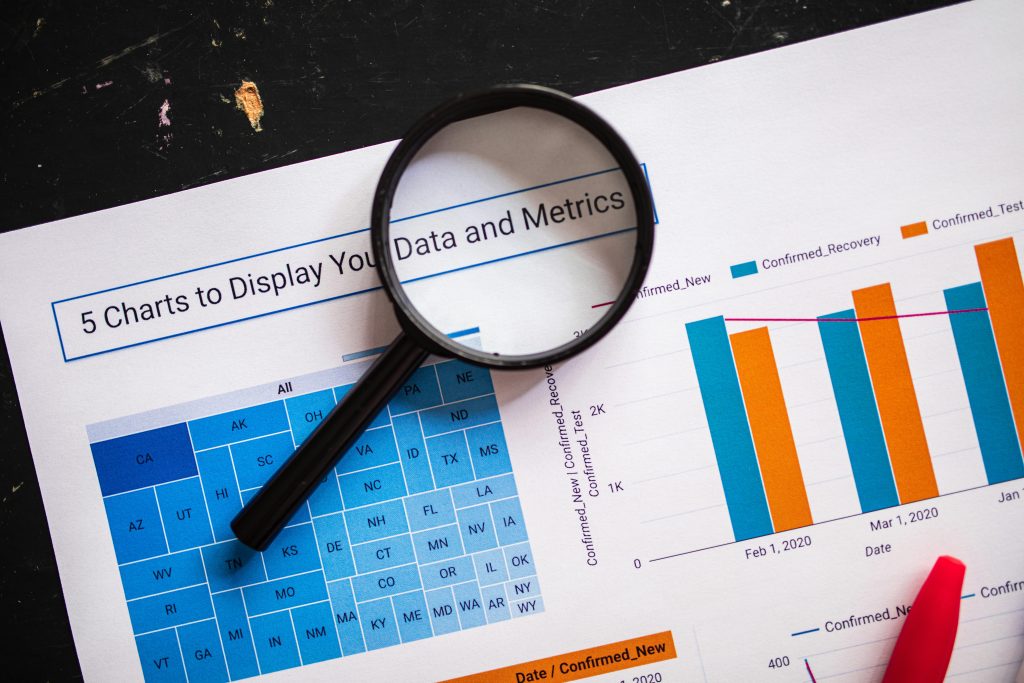Introduction
In the world of real estate investing, predicting rental income is a critical component of asset valuation, portfolio planning, and revenue forecasting. Traditionally, rent projections relied heavily on human intuition and historical averages. Today, however, rent forecasting algorithms are transforming the way property managers, investors, REITs, and analysts predict rental income.
These algorithms use machine learning, time series modeling, and data-driven analytics to estimate future rent values with greater accuracy. But how exactly do these algorithms work? What variables do they consider? And how can you use them to improve investment decisions?
In this guide, we’ll explore the mechanisms behind rent forecasting algorithms, the types of data they use, popular models, and practical examples of how they project income across various property types and markets.
1. What Is Rent Forecasting?
Rent forecasting is the process of predicting future rental income from a property or portfolio over a specified time horizon. It is typically used to:

- Estimate expected returns on investment (ROI)
- Determine property valuations
- Plan cash flow and budget forecasts
- Set rent prices for new leases or renewals
Traditional rent forecasting used basic trend extrapolation or seasonal averages. In contrast, modern algorithms incorporate dozens—or hundreds—of variables in dynamic models.
2. What Is a Rent Forecasting Algorithm?
A rent forecasting algorithm is a mathematical or machine learning model that predicts future rent prices based on historical data and predictive variables. It learns from past trends and patterns to generate forward-looking estimates.
These algorithms can:
- Model seasonality and market cycles
- Account for macroeconomic factors
- Predict income per unit or across entire portfolios
- Update dynamically as new data becomes available
3. Core Components of Rent Forecasting Algorithms
Rent forecasting models typically consider five categories of variables:
A. Historical Rental Data
- Past rental income (per unit and per square foot)
- Lease start/end dates
- Occupancy/vacancy rates
- Rent concessions and promotions
B. Market and Economic Indicators
- Local housing demand and supply
- Unemployment rate
- Wage growth
- Mortgage interest rates
- Inflation (CPI, rent index)
C. Property-Specific Variables
- Unit count and sizes
- Amenities (e.g., pool, gym, parking)
- Renovation status
- Building age
- Management rating
D. Seasonality and Cycles
- Peak rental seasons (e.g., summer for student housing)
- Lease expiration clusters
- Economic cycles (booms/recessions)
E. External Data Sources
- MLS or Zillow data
- Rental comps (comparable listings)
- Neighborhood growth trends
- Google Trends for location queries
- Crime, school ratings, and walkability
4. Types of Rent Forecasting Models
A. Time Series Models
Used to model historical rent trends over time.
- ARIMA (AutoRegressive Integrated Moving Average):
- Predicts future rent based on past values and trends.
- SARIMA (Seasonal ARIMA):
- Adds seasonality components to ARIMA.
- Exponential Smoothing (Holt-Winters):
- Weighs recent data more heavily than older data.

Best for: Stable markets, individual property forecasting.
B. Machine Learning Models
Used to model complex, non-linear relationships across many variables.
- Random Forest Regressor
- Gradient Boosted Trees (XGBoost, LightGBM)
- Support Vector Regression (SVR)
- Neural Networks
Advantages:
- Handle high-dimensional data
- Learn from rent comps, listings, and external factors
- Better for multi-property portfolios
Drawbacks:
- Less interpretable than time series models
- Require large datasets and tuning
C. Hybrid Models
Combine time series and ML techniques for improved performance.
Example:
- Use SARIMA to model seasonal rent patterns
- Feed results into a machine learning model that accounts for market volatility and comps
5. Key Features Used in Forecasting Rent
| Feature Type | Examples |
|---|---|
| Temporal | Month, quarter, year, days since last lease |
| Geospatial | Latitude/longitude, zip code, walk score |
| Financial | Rent/sq ft, average rent, concessions |
| Market Trends | Zillow Rent Index, CPI, vacancy rate |
| Property Metadata | Bedrooms, amenities, age, renovations |
| Behavioral | Lead-to-lease conversion, turnover rates |
These features are fed into regression models or neural networks for rent prediction.
6. How a Rent Forecasting Algorithm Projects Income: Step-by-Step
Step 1: Data Ingestion
- Pull in internal data (leases, occupancy, income)
- Enrich with third-party data (Zillow, Redfin, Census, etc.)
Step 2: Data Cleaning and Feature Engineering
- Handle missing values
- Create lagged features (e.g., rent from 6 months ago)
- Normalize seasonal effects
- Encode categorical variables (property type, area)
Step 3: Model Selection
- Choose model type: ARIMA, XGBoost, etc.
- Split into training and testing datasets
Step 4: Training and Validation
- Train model using historical data
- Use cross-validation to test accuracy
- Optimize for performance metrics (e.g., RMSE, MAE)
Step 5: Prediction
- Generate monthly or quarterly rent projections
- Aggregate projections by unit, property, or portfolio
Step 6: Scenario Analysis
- Run “what-if” simulations
- What if occupancy drops 5%?
- What if the market grows 3% next year?
7. Real-World Example: Forecasting Rent for a Multifamily Property
Let’s say you own a 50-unit building in Austin, TX.
- Input data:
- Monthly rents per unit (last 3 years)
- Historical occupancy (95%)
- Neighborhood growth rates (5% YoY)
- Market rent comps (Zillow, Rentometer)
- Model used:
- Gradient Boosted Trees + ARIMA overlay
- Forecast:
- Base case: 3.5% rent growth over next 12 months
- Optimistic case: 6% with improved amenities
- Conservative case: 1% growth with increased competition

These outputs help guide lease renewal strategies, pricing for new tenants, and cap rate assumptions.
8. Tools and Platforms That Use Rent Forecasting Algorithms
| Tool | Capabilities |
|---|---|
| Zillow Research Tools | Rent index trends by ZIP or city |
| Reonomy | Portfolio-level income forecasting |
| PropStream | Market analytics and rental estimate tools |
| HouseCanary | Forecast rent and home values with AI |
| CoStar / Apartments.com | Market rent data and rental rate trends |
| RealPage Market Analytics | Enterprise rent forecasting with occupancy models |
Custom models can also be built using:
- Python (scikit-learn, Prophet, XGBoost)
- R (forecast package)
- Jupyter notebooks with historical rent datasets
9. Challenges in Rent Forecasting
| Challenge | How to Overcome |
|---|---|
| Data availability | Use APIs and public data (e.g., Census, Zillow) |
| Market volatility | Build flexible models with real-time updates |
| Seasonality spikes | Use seasonal adjustments in models |
| Portfolio diversity | Segment by asset class and geography |
| Interpretation | Visualize forecasts with confidence intervals |
10. Use Cases for Rent Forecasting
A. Underwriting New Acquisitions
Project future rent rolls under various economic scenarios.
B. Revenue Management
Optimize lease pricing dynamically to match market trends.
C. REIT Portfolio Planning
Forecast long-term NOI and cash flow for investor reporting.
D. Budgeting and CapEx Planning
Align capital projects with projected rent uplift.
E. Development Feasibility
Estimate future rents to determine project viability.
Conclusion
Rent forecasting algorithms bring precision and scalability to what was once a manual, error-prone process. By combining historical lease data, market trends, and predictive modeling, these tools can estimate future income with increasing confidence.
Whether you’re a property investor, developer, or asset manager, integrating rent forecasting algorithms into your workflow can drive better pricing strategies, smarter investments, and more resilient financial planning.

The key is choosing the right model for your data, validating regularly, and continuously incorporating new market signals. When done right, rent forecasting becomes not just a tool—but a competitive edge.
Related FAQs
Q1: What is the best model for predicting rent prices?
It depends on your data. Time series models like SARIMA work well for stable trends; ML models like XGBoost are better for complex portfolios.
Q2: Can AI predict rent prices for new developments?
Yes, by training on comps and market data, AI models can forecast achievable rents for proposed properties.
Q3: How accurate are rent forecasting models?
With clean data and good modeling, error rates (MAPE) can fall below 5–10%, especially in stable markets.
Q4: Do these algorithms work for short-term rentals?
Short-term rentals require specialized models due to higher seasonality and nightly pricing. Tools like AirDNA are tailored for this.
Q5: What datasets are required for building rent forecasts?
Historical rent rolls, occupancy, comps, local economic data, lease metadata, and pricing history.

